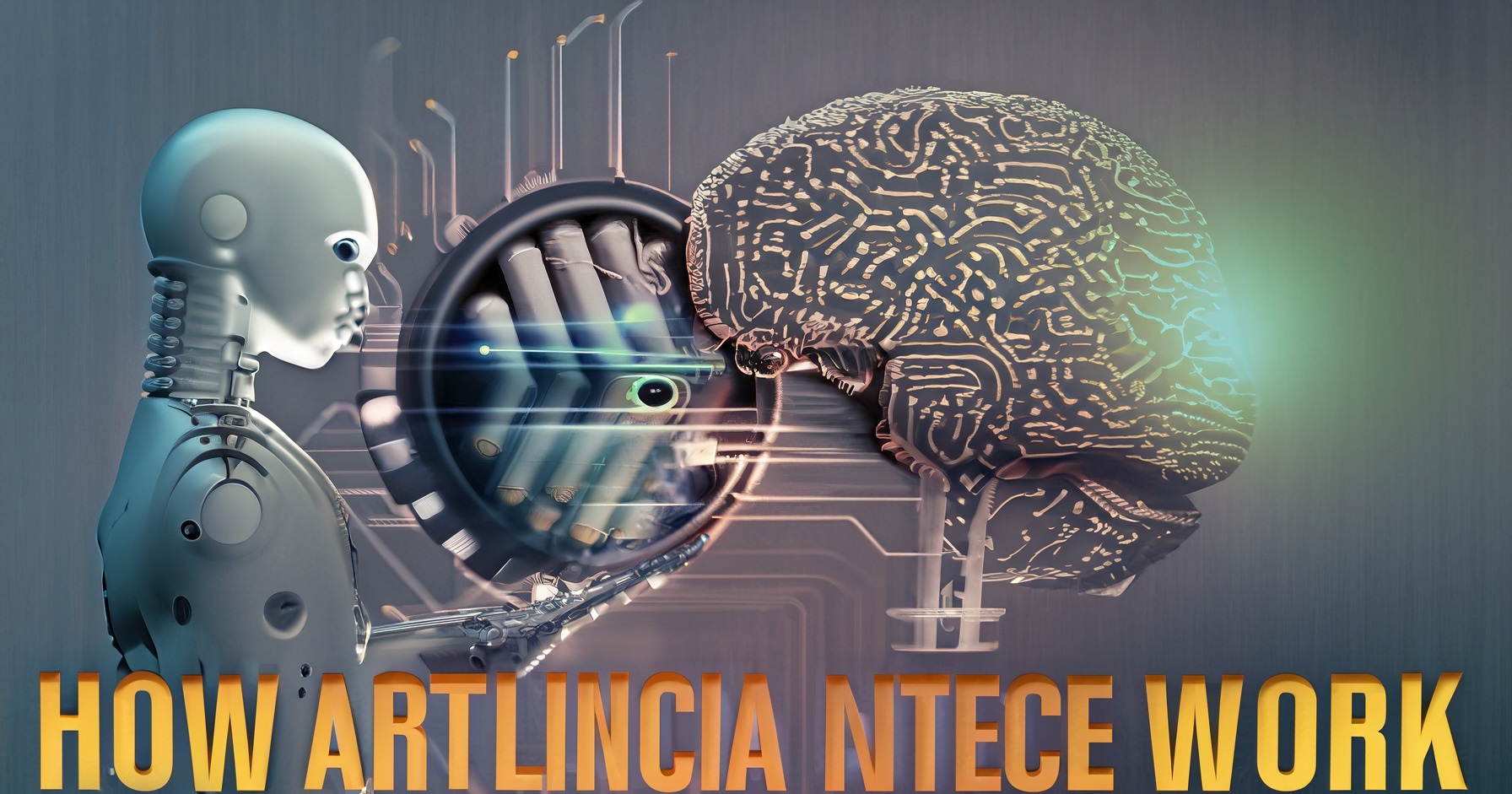Artificial Intelligence, or AI for short, has been a buzzword for quite some time now. From self-driving cars to virtual personal assistants, AI is becoming an integral part of our daily lives. But have you ever wondered how it actually works? In this blog, we’ll take a closer look at the fascinating world of artificial intelligence and demystify the inner workings of this cutting-edge technology.
What is Artificial Intelligence?
Before diving into the mechanics of AI, let’s clarify what AI is. Artificial Intelligence refers to the simulation of human intelligence in machines, enabling them to perform tasks that typically require human intelligence. These tasks can include problem-solving, understanding natural language, recognizing patterns, and making decisions.
The Building Blocks of AI
1. Data: At the heart of AI lies data. AI systems learn from data, and the more data they have access to, the better they can perform. This data can be text, images, videos, or any other type of information that the AI system needs to understand and work with.
2. Algorithms: Algorithms are like the recipes that guide AI systems in processing and analyzing data. These algorithms are designed to identify patterns, make predictions, or solve specific problems. They are crucial for the functioning of AI.
Machine Learning
Machine Learning (ML) is a subset of AI that focuses on developing algorithms that enable machines to learn from data and improve their performance over time. Here’s how it works:
1. Training: During the training phase, an AI system is fed with a large amount of labeled data. For example, to teach a machine to recognize cats, it needs to see lots of cat images with labels indicating they are cats.
2. Learning: The AI system uses this labeled data to identify patterns and relationships. It learns to distinguish cats from other objects in the images.
3. Testing: After the learning phase, the AI system is tested on new, unseen data to evaluate its performance. It’s like giving the machine a pop quiz to see if it can correctly identify cats in pictures it hasn’t seen before.
4. Feedback Loop: Based on the results of the testing phase, the AI system adjusts its algorithms to improve its accuracy. This iterative process continues until the system reaches a satisfactory level of performance.
Neural Networks
Neural networks are a crucial component of AI, particularly in tasks related to image and speech recognition. These networks are inspired by the structure and function of the human brain. Here’s a simplified explanation of how they work:
1. Neurons: In a neural network, artificial neurons (nodes) are interconnected in layers. Information flows from the input layer through hidden layers to the output layer.
2. Weights and Activation Functions: Each connection between neurons has a weight, which determines the strength of the connection. Activation functions decide whether a neuron “fires” (activates) based on the weighted input it receives.
3. Learning: During the training phase, the neural network adjusts the weights of its connections to minimize errors in its predictions.
4. Deep Learning: Deep learning is a subset of machine learning that uses deep neural networks with many layers. This allows for more complex and hierarchical feature extraction, making it particularly effective for tasks like image and speech recognition.
Conclusion
Artificial Intelligence is a fascinating field that continues to evolve rapidly. It’s driven by the power of data, sophisticated algorithms, and the ability of machines to learn and adapt. While this blog provides a simplified overview of how AI works, the reality is far more complex. AI is transforming industries, improving our lives, and pushing the boundaries of what’s possible. Understanding its basic principles is a crucial step in appreciating the profound impact it has on our world.

